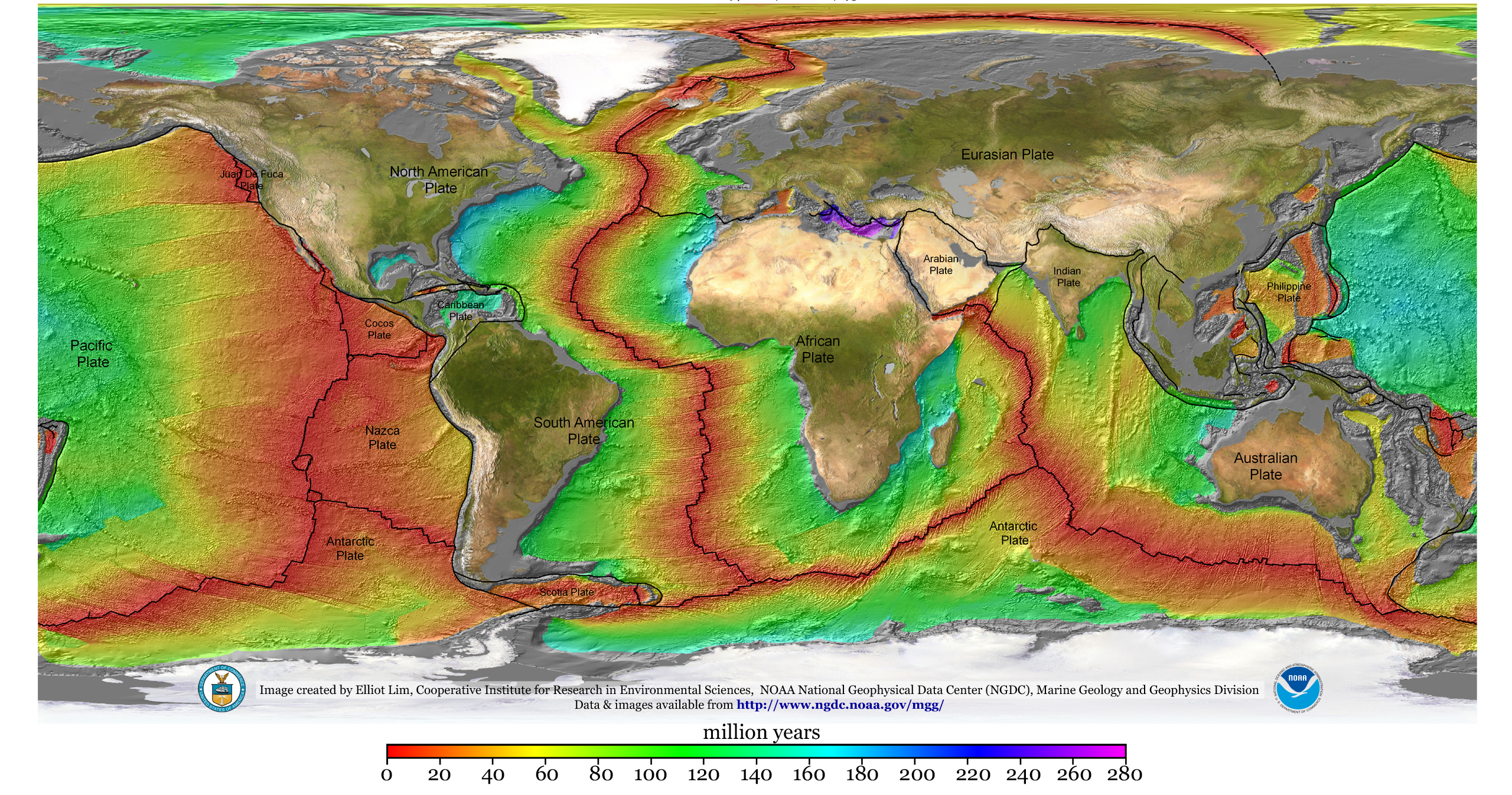All Categories
Featured
Table of Contents
Careers With Geophysics - Ocean And Earth Science ... in Carine Western Australia 2022

(PREM)., and the boundaries in between layers of the mantle are consistent with stage shifts.

Schematic of Earth's magnetosphere. Circulations from left to.
Inside the magnetosphere, there are relatively thick areas of solar wind particles called the Van Allen radiation belts. Geophysical measurements are generally at a particular time and location. Accurate measurements of position, in addition to earth contortion and gravity, are the province of geodesy. While geodesy and geophysics are separate fields, the 2 are so carefully connected that numerous clinical organizations such as the American Geophysical Union, the Canadian Geophysical Union and the International Union of Geodesy and Geophysics include both.
What Does A Geologist Do? in Carmel Western Australia 2022
, integrates huge collaborates and the regional gravity vector to get geodetic coordinates. This approach only offers the position in 2 collaborates and is more challenging to use than GPS.
Gravity measurements became part of geodesy since they were needed to associated measurements at the surface area of the Earth to the reference coordinate system.
Sea level can likewise be measured by satellites using radar altimetry, adding to a more precise geoid. In 2002, NASA introduced the Gravity Recovery and Environment Experiment (GRACE), in which 2 twin satellites map variations in Earth's gravity field by making measurements of the distance in between the two satellites using GPS and a microwave ranging system. , which are studied through geophysics and area physics.
Geoscience, Geophysics Option, in Ridgewood WA 2022

Considering that geophysics is concerned with the shape of the Earth, and by extension the mapping of functions around and in the world, geophysical measurements consist of high precision GPS measurements. When the geophysical measurements have actually been processed and inverted, the analyzed outcomes are plotted utilizing GIS.
Lots of geophysics companies have actually designed internal geophysics programs that pre-date Arc, GIS and Geo, Soft in order to satisfy the visualization requirements of a geophysical dataset. Exploration geophysics is applied geophysics that frequently uses remote picking up platforms such as; satellites, aircraft, ships, boats, rovers, drones, borehole picking up equipment, and seismic receivers.
For example, aeromagnetic data (aircraft gathered magnetic data) gathered utilizing conventional fixed-wing airplane platforms need to be remedied for electro-magnetic eddy currents that are developed as the aircraft moves through Earth's magnetic field. There are likewise corrections related to modifications in determined possible field intensity as the Earth turns, as the Earth orbits the Sun, and as the moon orbits the Earth.
Marine Geophysicist in Wexcombe Western Australia 2021
Signal processing involves the correction of time-series information for unwanted noise or errors presented by the measurement platform, such as airplane vibrations in gravity information. It likewise includes the reduction of sources of sound, such as diurnal corrections in magnetic information. In seismic data, electromagnetic data, and gravity data, processing continues after error corrections to consist of computational geophysics which result in the last analysis of the geophysical information into a geological analysis of the geophysical measurements Geophysics emerged as a separate discipline just in the 19th century, from the crossway of physical location, geology, astronomy, meteorology, and physics.
The magnetic compass existed in China back as far as the fourth century BC. It was not up until good steel needles might be created that compasses were used for navigation at sea; prior to that, they could not retain their magnetism long enough to be helpful.
By looking at which of 8 toads had the ball, one could figure out the direction of the earthquake. It was 1571 years before the very first style for a seismoscope was released in Europe, by Jean de la Hautefeuille. It was never ever developed. Among the publications that marked the beginning of modern science was William Gilbert's (1600 ), a report of a series of precise experiments in magnetism.
Geophysical Surveys - U.s. Geological Survey in Helena Valley Aus 2022
In 1687 Isaac Newton released his, which not only laid the structures for classical mechanics and gravitation Likewise discussed a range of geophysical phenomena such as the tides and the precession of the equinox. The very first seismometer, an instrument capable of keeping a constant record of seismic activity, was built by James Forbes in 1844. Dietmar; Sdrolias, Maria; Gaina, Carmen; Roest, Walter R. (April 2008). "Age, spreading out rates, and spreading asymmetry of the world's ocean crust". Geochemistry, Geophysics, Geosystems. 9 (4 ): Q04006. Bibcode:2008 GGG ... 9. 4006M. doi:10. 1029/2007GC001743. S2CID 15960331. "Earth's Inconstant Magnetic Field". science@nasa. National Aeronautics and Space Administration. 29 December 2003. Obtained 13 November 2018.
Leipzig. Berlin (Gebruder Borntraeger). Runcorn, S.K, (editor-in-chief), 1967, International dictionary of geophysics:. Pergamon, Oxford, 2 volumes, 1,728 pp., 730 fig Geophysics, 1970, Encyclopaedia Britannica, Vol. 10, p. 202-202 Ross 1995, pp. 236242 Shearer, Peter M. (2009 ). Intro to seismology (2nd ed.). Cambridge: Cambridge University Press. ISBN 9780521708425. Stphane, Sainson (2017 ).
Table of Contents
Latest Posts
Geophysics, Engineering Geophysics And Applied ... in Carmel Western Australia 2023
Airborne Geophysical Surveys Of The Lower Mississippi ... in Balcatta Oz 2022
Working As A Geophysicist And Oceanographer In Canada in Cannington Australia 2023
More
Latest Posts
Geophysics, Engineering Geophysics And Applied ... in Carmel Western Australia 2023
Airborne Geophysical Surveys Of The Lower Mississippi ... in Balcatta Oz 2022
Working As A Geophysicist And Oceanographer In Canada in Cannington Australia 2023